What is Solana?
A high-performance blockchain platform called Solana was created to facilitate decentralized applications (dApps) that are quick, scalable, and reasonably priced. It was introduced in 2020 by Solana Labs and tackles major issues that traditional blockchain systems, like Ethereum, face, such as poor transaction speeds and expensive prices.

Solana’s salient features
1. One of the capabilities of this system is its high throughput, which can process up to 65,000 transactions per second (TPS).
Compared to many other blockchain networks, this performance is noticeably better.
2. Low Transaction Fees: Solana is perfect for apps that need to conduct transactions frequently because fees are typically less than $0.01.
3. Ultra Fast Transaction Speeds: The average block time on Solana is approximately 400 milliseconds, which allows for almost instantaneous transaction confirmations. This results in Ultra-Fast Transaction Speeds.
4. Support for Complex dApp: Developers use Solana to create a variety of decentralized ecosystems, including as blockchain-based games, NFT marketplaces, and DeFi platforms.
How Does It Work?
Utilizing cutting-edge technologies, Solana achieves its speed and scalability:
Proof of History (PoH):
One of Solana’s key features is PoH timestamping transactions to create a historical order.
By doing away with the requirement for ongoing network-wide consensus over transaction timing, this innovation cuts down on delays.
Byzantine Fault Tolerance (BFT) Tower:
Proof-of-stake (PoS)-based advanced consensus system.
Tower BFT employs PoH to facilitate quick and effective validator agreement.
Execution of Parallel Smart Contracts at Sealevel:
Permits the simultaneous operation of numerous smart contracts.
Enhances transaction throughput and maximizes resource use.
Gulf Stream:
It gives validators the ability to handle and send transactions prior to the completion of blocks.
It keeps delays to a minimum and facilitates Solana’s fast performance.
Turbine:
A method for propagating data over a network that divides data into smaller packets for quicker transfer.
Cloudbreak:
Effective reads and writes are ensured via a scalable data structure designed for fast state updates.
Solana’s Use Cases
Decentralized Finance (DeFi):
DeFi platforms like Serum and Raydium benefit from Solana’s speed and low fees, enabling real-time trading and lending.
Non-Fungible Tokens (NFTs):
NFT marketplaces, such as Magic Eden, use Solana for low-cost minting and trading of digital assets.
Web3 and Gaming:
Solana powers metaverse projects and blockchain-based games that require high-speed interactions and scalable economies.
Challenges and Criticisms
Network Stability:
Solana has experienced outages and slowdowns, raising concerns about its reliability during peak demand.
Centralization Concerns:
High hardware requirements for validators have led to criticism that the network risks becoming too centralized.
Intense Competition:
Solana competes with other blockchain platforms like Ethereum, Binance Smart Chain, and Avalanche, each offering unique advantages.
Conclusion
Solana’s innovative approach to blockchain technology has made it a leading platform for developers and users seeking high-speed, low-cost solutions. While it faces challenges like network stability and centralization concerns, its advancements in scalability, efficiency, and user experience position it as a key player in the blockchain ecosystem.
https://news.coincap7.com/what-is-blockchain-how-does-blockchain-work/
https://kriptomat.io/cryptocurrency-prices/solana-sol-price/what-is/
Disclaimer: The content provided here is for educational purposes only and is intended to raise awareness about cryptocurrency and blockchain technology. It should not be considered as financial or investment advice. Before investing in any cryptocurrency or token, we strongly encourage you to conduct thorough research, understand the associated risks, and make informed decisions (DYOR – Do Your Own Research). For detailed guidance, consult a qualified financial advisor.

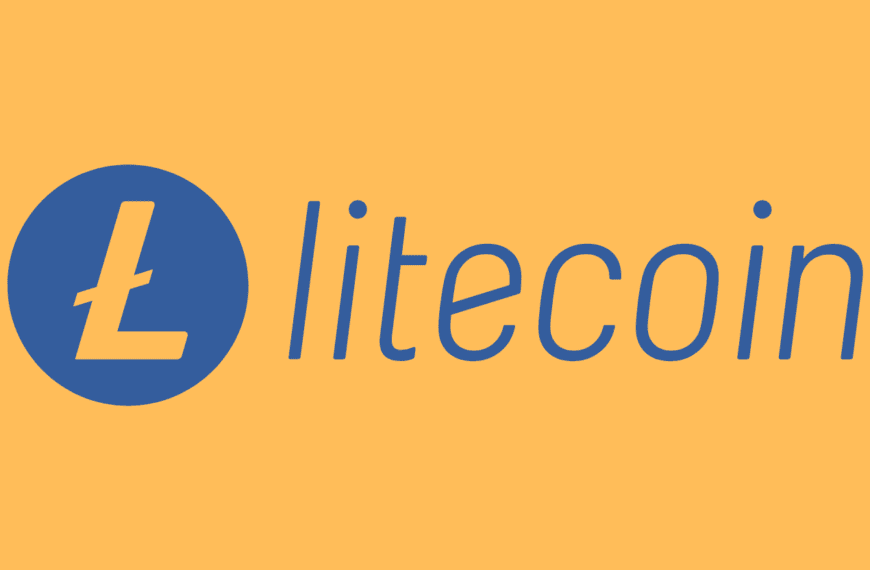
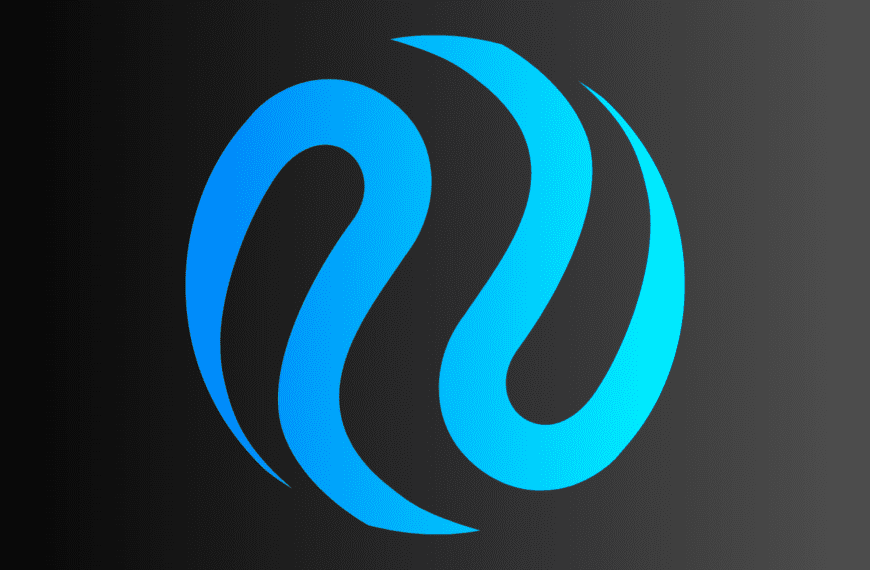
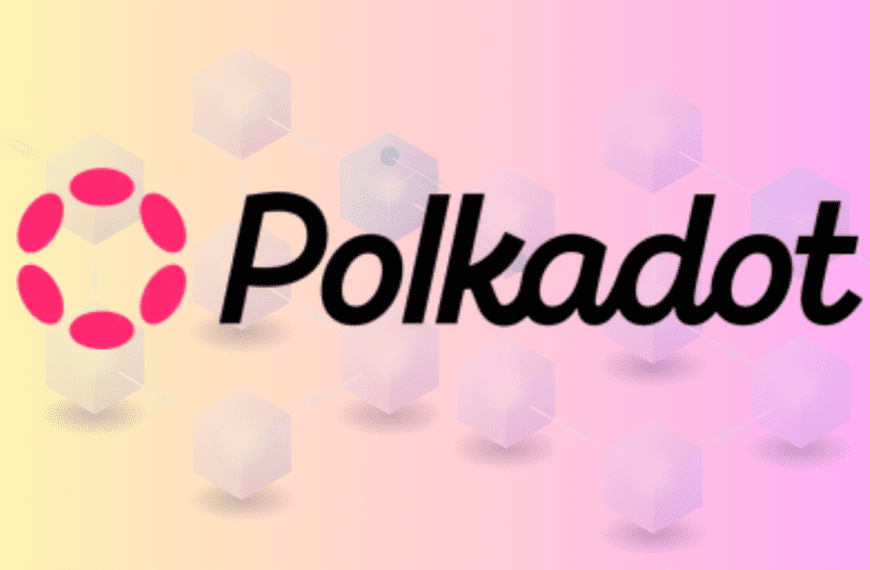
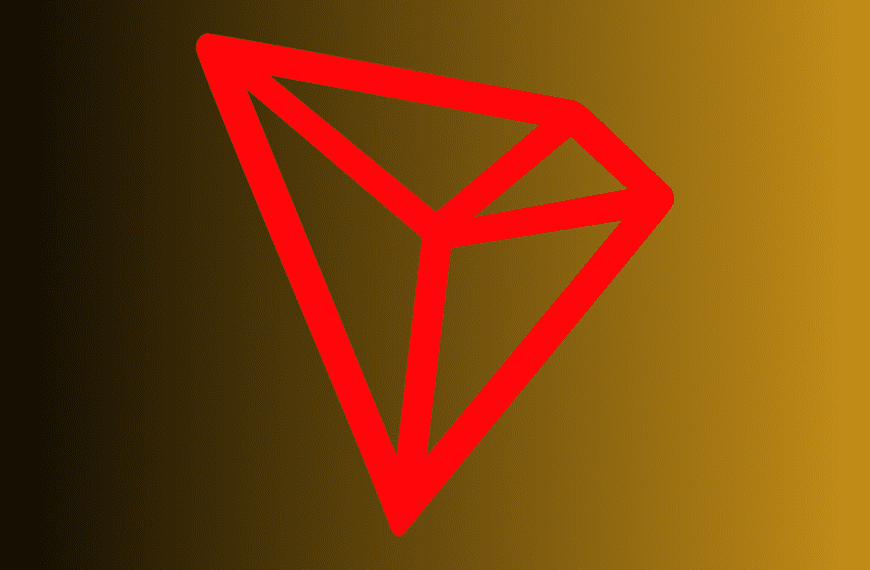
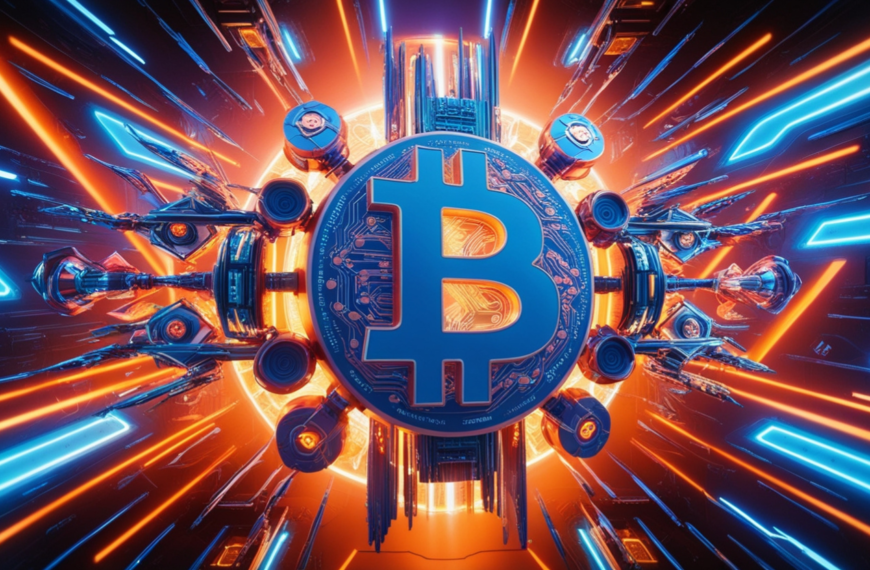

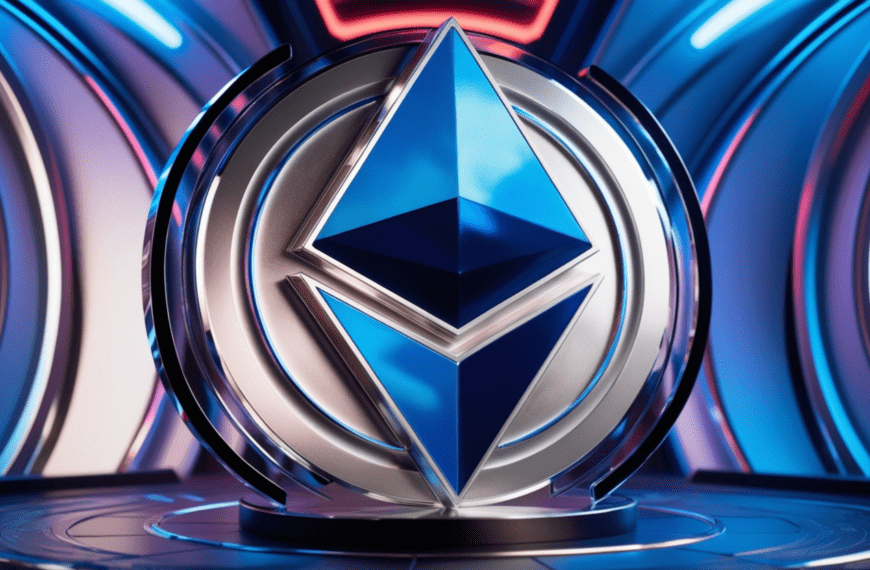
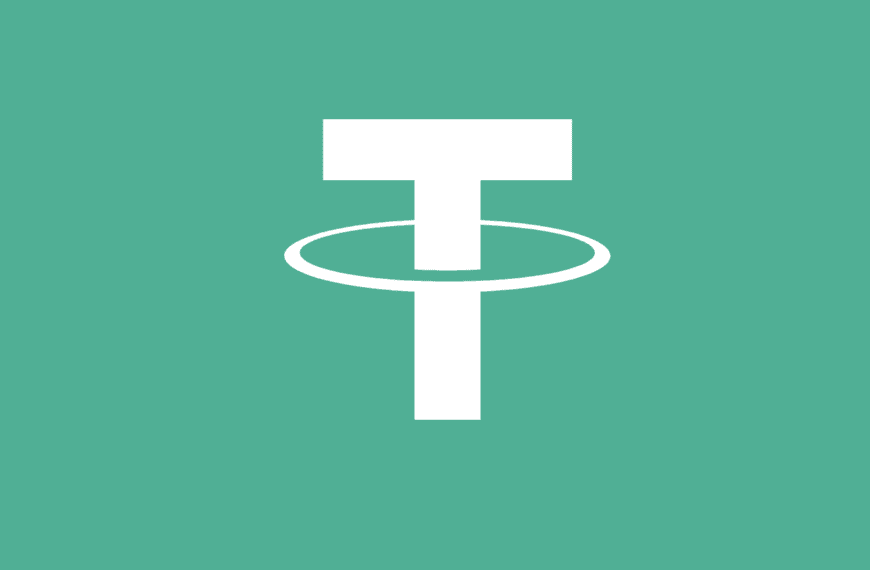

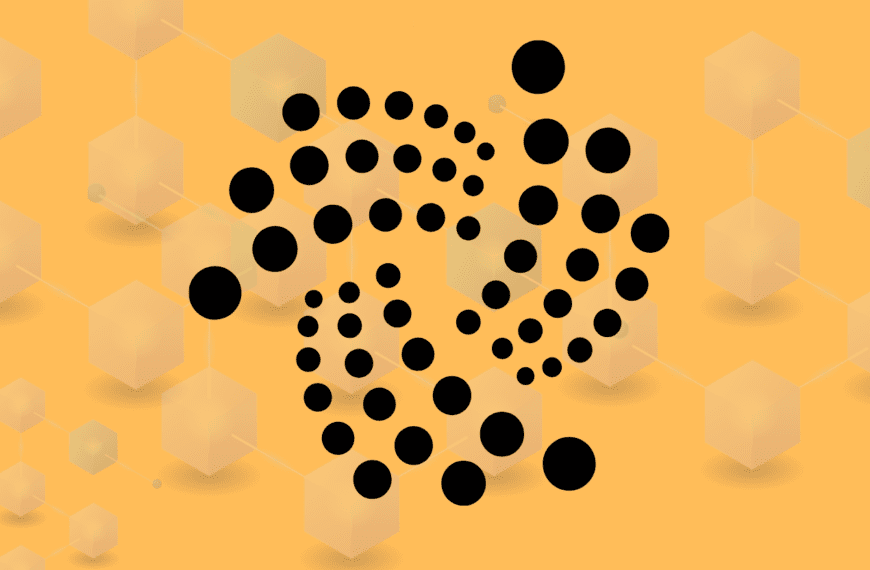
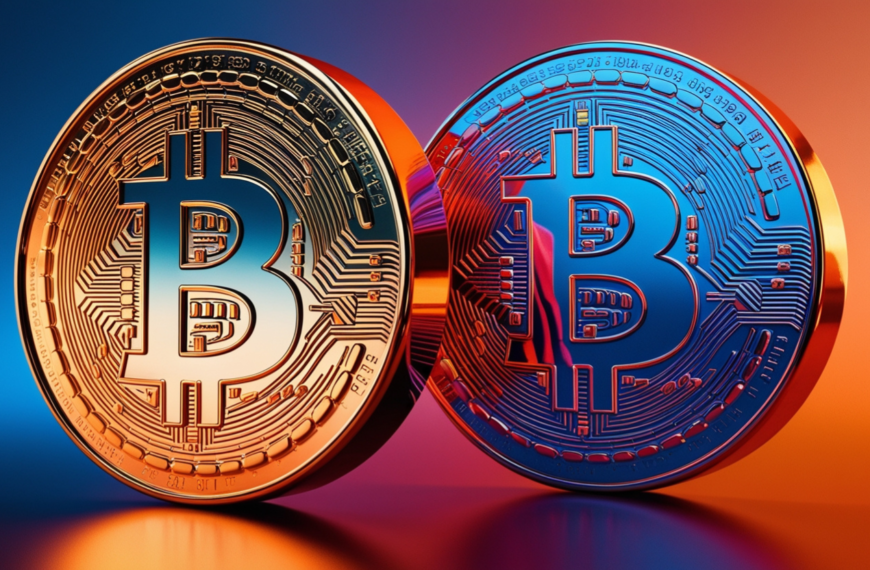

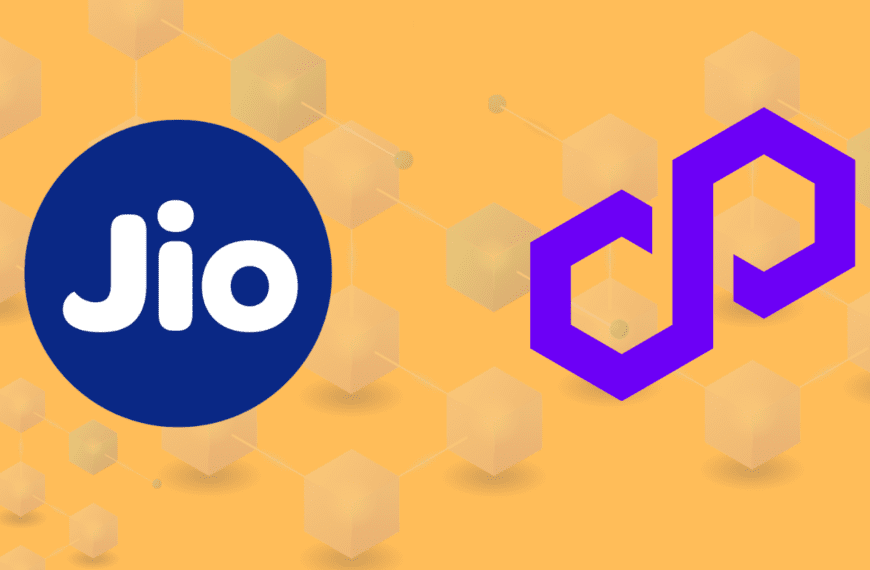
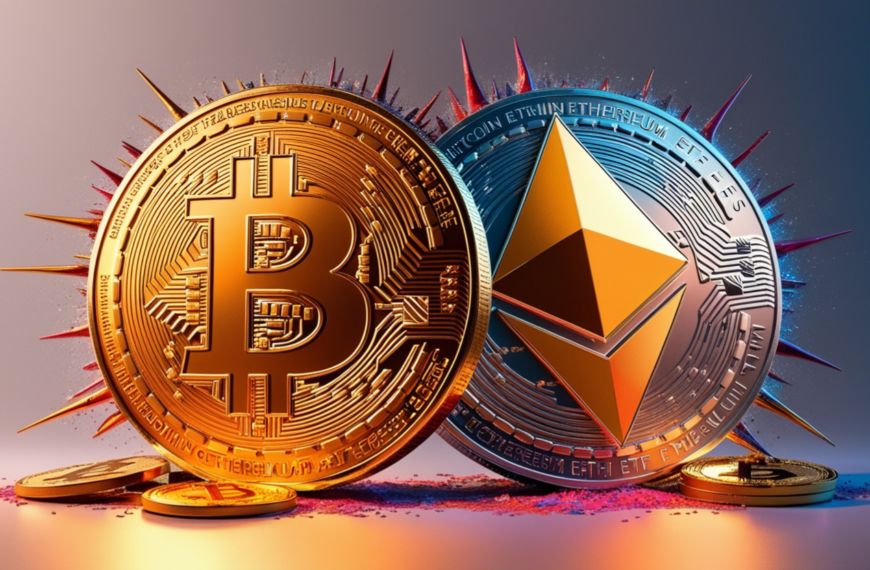
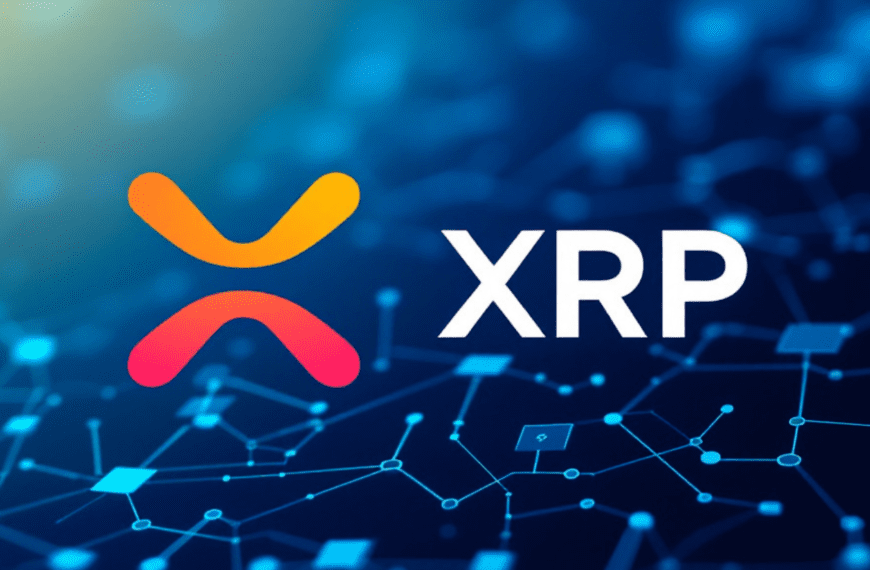
Great